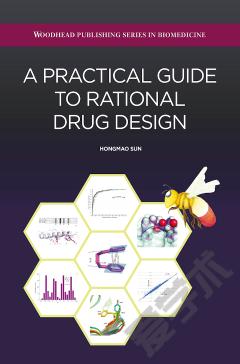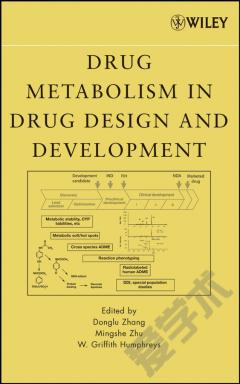Introduction to the Principles of Drug Design
Introduction to the Principles of Drug Design provides a framework of fundamental drug design and principles into which drugs following on developments may be fitted. This book presents the rationales behind the design of drugs. Organized into nine chapters, this book begins with an overview of how the body handles a drug in terms of absorption, metabolism, distribution, and excretion. This text then examines the critical drug activity at the receptor site, which is usually related to blood and other distribution fluid levels. Other chapters consider the factors involved in binding a drug, metabolite, or substrate to a receptor. The final chapter deals with the design of chemotherapeutic agent for clinical use in the treatment of human infections. This book is intended for use in undergraduate pharmacy courses in medicinal chemistry and as an aid in similar courses in biochemistry and pharmacology. Graduates in chemistry just entering the pharmaceutical industry will also find this book useful.
{{comment.content}}








 京公网安备 11010802027623号
京公网安备 11010802027623号